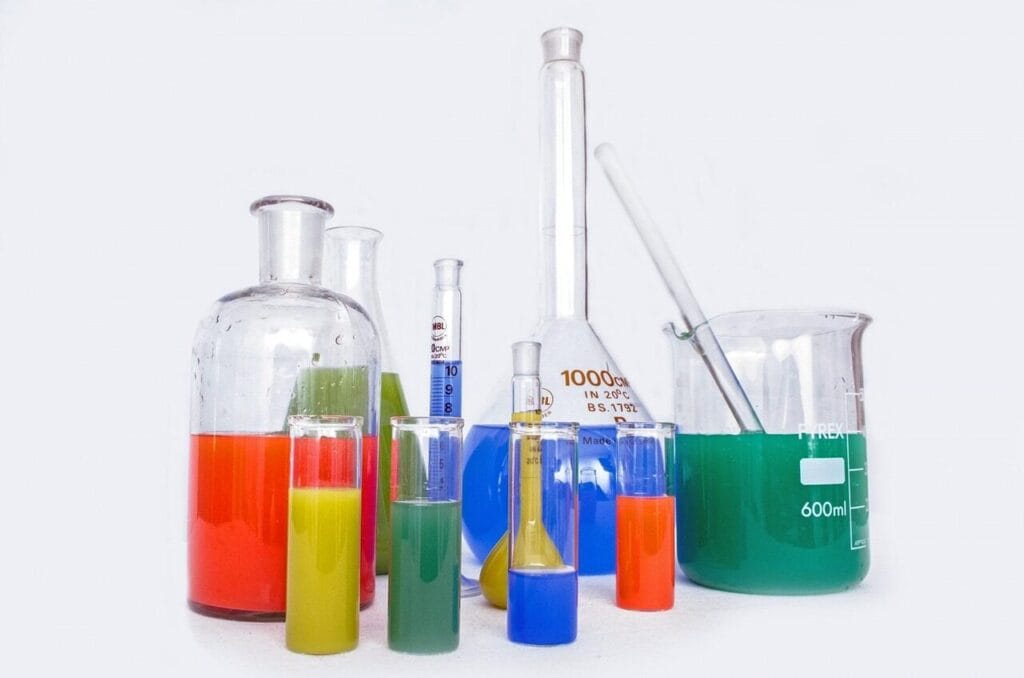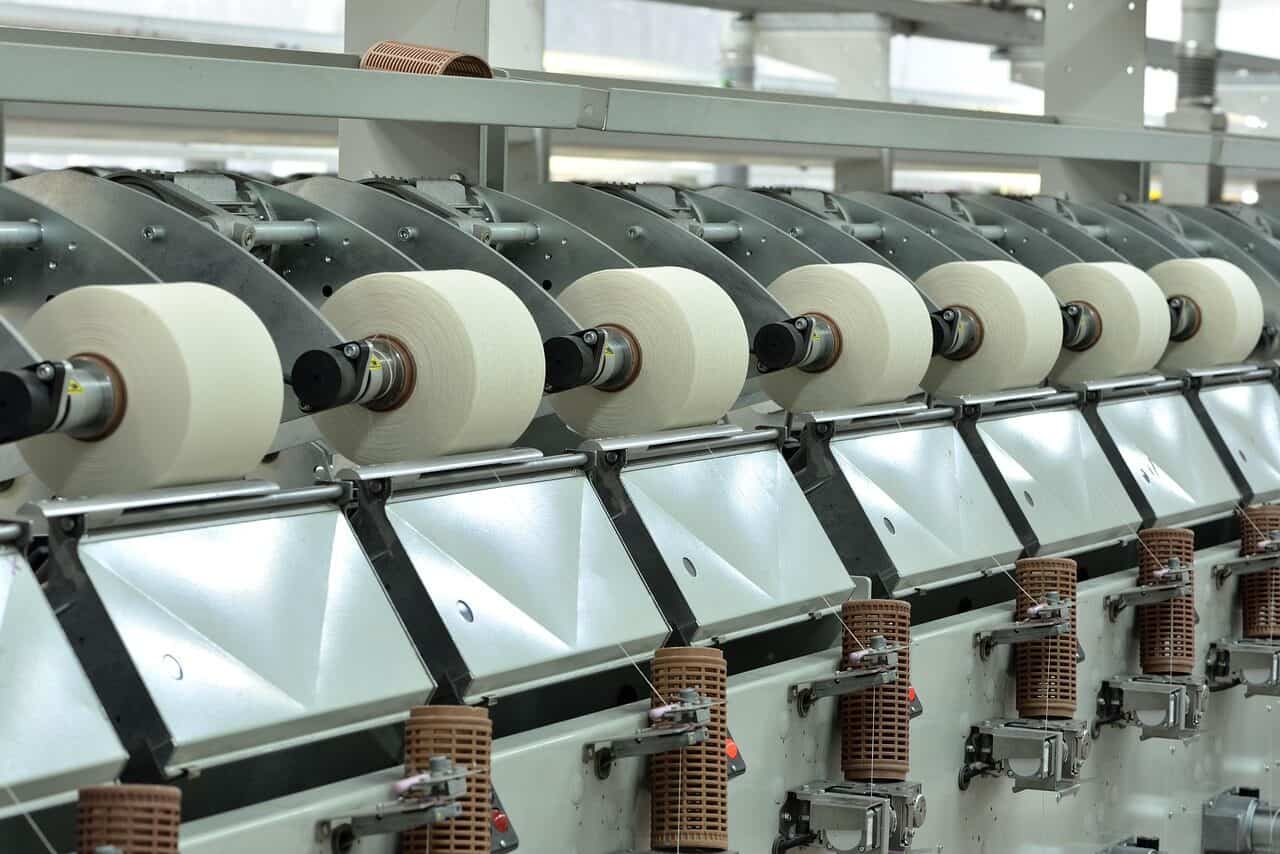الكشف عن التلوث في خطوط إنتاج الحلوى: الدليل الأساسي للكشف عن التلوث في سلامة الأغذية
أهمية الكشف عن التلوث في صناعة الحلوى
في خط إنتاج الحلوى، حتى أصغر تلوث - سواء كان قطعة من معدن، أو زجاج، أو بلاستيك، أو بلاستيك، أو نمو ميكروبي-يمكن أن يضر بسلامة المستهلك وثقة العلامة التجارية. على عكس التصنيع العام، تتعامل مصانع الحلوى مع مكونات مثل السكر والجيلاتين والمنكهات والطلاءات، وكلها حساسة لمخاطر التلوث.
وبالتالي فإن الكشف الفعال عن التلوث هو أحد أهم عناصر سلامة الأغذية في معالجة الحلوى.
أنواع الملوثات في إنتاج الحلوى
تتطلب الملوثات المختلفة استراتيجيات كشف مختلفة. في خطوط إنتاج الحلوى، تشمل المخاطر الشائعة ما يلي:
1. الملوثات المادية
شظايا معدنية من أجزاء الماكينات المكسورة
زجاج من البرطمانات أو الإضاءة
البلاستيك أو المطاط الكثيف من الحشيات والأحزمة
الحجارة أو شظايا العظام (في المدخلات الزراعية الخام مثل الجيلاتين)
2. الملوثات الكيميائية
مخلفات مواد التنظيف
زيوت التشحيم من المعدات
إضافات أو مسببات حساسية غير معلن عنها في المنكهات
3. الملوثات البيولوجية
البكتيريا (الإشريكية القولونية، السالمونيلا)
نمو العفن أثناء التخزين
الفيروسات والكائنات الحية الفاسدة الأخرى
مؤشرات الأداء الرئيسية لأنظمة الكشف عن خط الحلوى
عند تنفيذ أنظمة الكشف في خط إنتاج الحلوى، أربعة مؤشرات أداء رئيسية رئيسية توجه الأداء:
الحساسية: القدرة على اكتشاف أصغر الملوثات (على سبيل المثال، معدن أقل من 0.5 مم).
الخصوصية: تجنب الإنذارات الكاذبة الناجمة عن كثافة المنتج (مهم في السكر والشوكولاتة).
الإنتاجية: كشف عالي السرعة لمطابقة تدفق الحلوى المستمر.
الموثوقية: تشغيل مستقر في البيئات الرطبة أو اللزجة أو ذات درجات الحرارة العالية.
تقنيات الكشف الأساسية في إنتاج الحلوى
1. أجهزة الكشف عن المعادن (الحث الكهرومغناطيسي)
تستخدم على نطاق واسع في خطوط تغليف الحلوى.
يمكن الكشف عن الشظايا الحديدية وغير الحديدية والفولاذ المقاوم للصدأ.
القيد: حساس "لتأثير المنتج" من الرطوبة الغنية أو المالحة الحلوى (مثل العلكة).
2. الفحص بالأشعة السينية (الامتصاص التفاضلي)
يكتشف الزجاج والحجر والبلاستيك الكثيف والمعدن.
تعمل حتى عندما تكون الحلوى معبأة في أغلفة رقائق معدنية.
الميزة: يؤدي كلاهما الكشف عن التلوث و فحوصات الجودة (على سبيل المثال، القطع المفقودة في علب الحلوى).
3. الفصل المغناطيسي
مثالية لإزالة الشظايا المعدنية الحديدية في وقت مبكر من معالجة المواد الخام.
غالبًا ما يتم تطبيقه في مناولة السكر ومسحوق الكاكاو والنشا قبل الدخول إلى الخط الرئيسي.
4. التحليل الطيفي والتصوير فائق الطيفية
يمكن للتحليل الطيفي بالأشعة تحت الحمراء تحت الحمراء تحديد الملوثات العضوية مثل الخشب أو المطاط.
يمكن للتصوير فائق الطيفية أن يصنف المواد البلاستيكية المختلفة (على سبيل المثال، PVC مقابل PE) في تيار الحلوى.
سيناريوهات إنتاج الحلوى في العالم الحقيقي
🍬 خط الحلوى الصمغية
المخاطر: الجيلاتين و السكر يزيد الالتصاق "تأثير المنتج".
الحل: استخدام أجهزة الكشف عن المعادن متعددة الترددات + الأشعة السينية للعلكات المعبأة النهائية.
🍫 إنتاج الشوكولاتة
المخاطر: شظايا الزجاج من الجرار أو الحجارة في مسحوق الكاكاو.
الحل: يعد الفحص بالأشعة السينية ضروريًا للكشف عن كل من الجسيمات الكثيفة وألواح الشوكولاتة المفقودة.
الحلوى الصلبة والمصاصات
المخاطر: نشارة معدنية من شفرات القطع عالية السرعة.
الحل: الفصل المغناطيسي قبل الطهي + الأشعة السينية بعد التغليف.
الاتجاهات المستقبلية في سلامة خط إنتاج الحلوى
الفحص بالأشعة السينية المدعوم بالذكاء الاصطناعي لتقليل النتائج الإيجابية الكاذبة في منتجات الحلوى اللزجة أو غير المنتظمة.
دمج أجهزة الاستشعار:: الجمع بين الكشف عن المعادن + التصوير فائق الطيفية لتغليف الحلوى متعدد الطبقات.
المقايسات المستندة إلى الحمض النووي لإجراء فحوصات سريعة للتلوث الميكروبي مباشرةً على أرضية الإنتاج.
الخاتمة
بالنسبة لمصنعي الحلوى، يعتبر الكشف عن التلوث ركيزة غير قابلة للتفاوض لسلامة الأغذية.
من خلال الجمع بين أجهزة الكشف عن المعادن وأنظمة الأشعة السينية والتحليل الطيفي والفصل المغناطيسي، يمكن للمنتجين ضمان الحصول على حلوى آمنة وعالية الجودة تتوافق مع معايير إدارة الأغذية والعقاقير (FDA) والمنظمة الدولية للمواصفات والمقاييس (ISO) ونقاط المراقبة الحرجة ونقاط التحكم الحرجة ونقاط المراقبة الحرجة.
👉 المفتاح هو اختيار تقنيات الكشف على أساس نوع المنتج، والتعبئة والتغليف، وملامح مخاطر التلوث. عند تطبيقها بشكل صحيح، تحمي هذه الأنظمة كلاً من المستهلكين وسلامة العلامة التجارية.
- إدارة الغذاء والدواء الأمريكية - FDA - إدارة الغذاء والدواء الأمريكية https://www.fda.gov/
- ISO - المنظمة الدولية للتوحيد القياسي https://www.iso.org/
- ASTM الدولية - معايير الكشف والاختبار ASTM International - معايير الكشف والاختبار https://www.astm.org/
- وزارة الزراعة الأمريكية - وزارة الزراعة الأمريكية https://www.usda.gov/
- منظمة AOAC الدولية - رابطة الكيميائيين التحليليين الرسمية https://www.aoac.org/
- معهد مصنعي ماكينات التعبئة والتغليف (PMMI) https://www.pmmi.org/
- معهد تقنيي الأغذية (IFT) https://www.ift.org/
- NIST - المعهد الوطني للمعايير والتكنولوجيا https://www.nist.gov/
- الدستور الغذائي (منظمة الصحة العالمية/منظمة الأغذية والزراعة) https://www.fao.org/fao-who-codexalimentarius/
- ANSI - المعهد الوطني الأمريكي للمعايير الأمريكية https://www.ansi.org/







